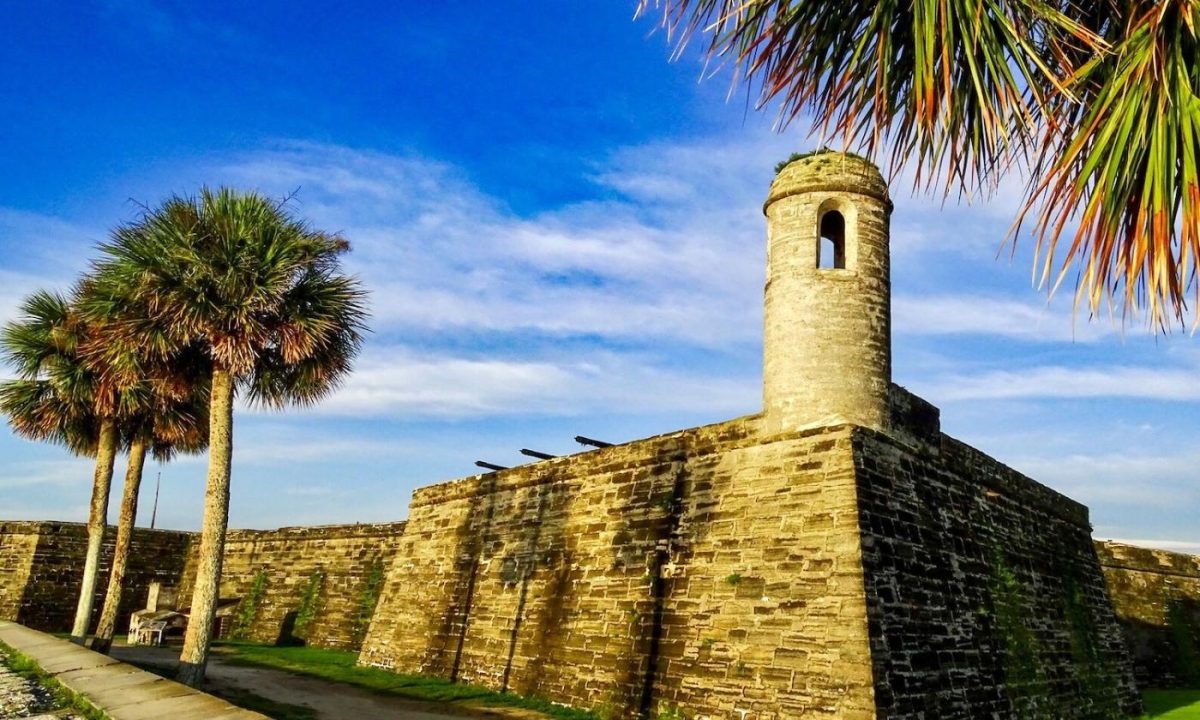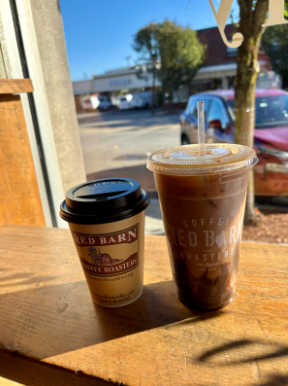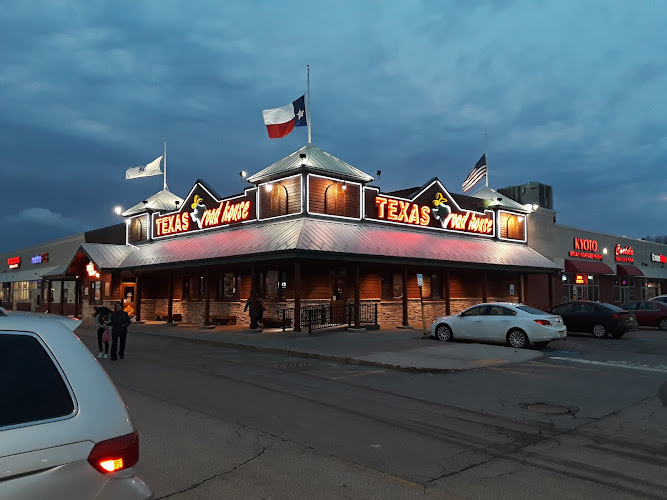This past February, I traveled to the oldest town (of European settlement) in America: St. Augustine, Florida. Established in 1565 by Spanish colonists, St. Augustine has a rich history and many things to see. In recent years, St. Augustine has become a popular tourist destination due to its unique architecture, grand beaches, and many shopping and food opportunities. Here’s my guide to the city of St. Augustine, detailing what activities are musts, as well as what things can be skipped.
St. Augustine’s most iconic location, the Castillo de San Marcos National Monument, is a great place to visit. Tickets are around $15 to actually enter the fort and climb up its walls, but even just a walk around the fort’s perimeter is worth it. Overlooking the water, the Castillo de San Marcos is a great place to relax and take in the sights of St. Augustine. It was originally built by the Spanish to defend the colony’s trade routes in the Atlantic but still remains standing as a cultural and historical landmark after 450 years. In fact, it’s the oldest masonry fort in the United States.
Near the Castillo de San Marcos is the historic district of St. Augustine. This area makes up the majority of the city’s tourist traps. There are many shops, restaurants, bars, tours, and more available in this area of the city, most of which are located along St George Street, which is fully walkable. I would recommend avoiding many of the shops in this region, as many of them are full of relatively low-quality clothing or other goods. Some highlights on St. George Street include the Faux Paws shop (a nice pet store), The Hyppo (which sells gourmet popsicles), and the Colonial Oak Music Park, which frequently has local musicians performing each night.
The historic district also has many restaurants, some of which are better than others. The first thing I’d like to mention is that, if you want to have dinner in the historic district, you will need to make reservations. Most restaurants in this area do not accept any walk-ins, so making reservations will be necessary, especially during vacation weeks. The best places we ate at included Maple Street Biscuit Company, Castillo Craft Bar + Kitchen, and the Ragga Surf Cafe, which was a small food truck on the western coast of the island that had some amazing breakfast sandwiches.
Within walking distance of the historic district lies the Parque De Menendez, which is a great place to view the city’s beautiful architecture. The park lies between two important landmarks, Flagler College and the Lightner Museum, which both deal with the city’s history. Henry Flagler was an industrialist who helped build railroads along the eastern coast of Florida, and, consequently, helped build up the city of St. Augustine (hence why Flagler College is named after him). The Lightner Museum used to be one of Flagler’s hotels, called Hotel Alcazar. It was converted into a museum after Otto Lightner, an eclectic collector, purchased the building. The museum was one of my favorite parts of the trip, and though I did not spend a lot of time at Flagler College, tickets were available to purchase for a full tour.
The best thing about St. Augustine is that everything I have mentioned so far is within walking distance of each other. It’s a very walkable city, which is a huge plus. There were a few highlights outside of the city center, though. My favorite part of the entire trip was going to the St. Augustine Alligator Farm Zoological Park, which was across the Bridge of Lions and about a 10-minute drive from the city center. The Alligator Farm featured many different kinds of animals, and, as the name suggests, many kinds of alligators. Another great animal experience was feeding capybaras at the Capybara Cafe. Despite being quite expensive ($50 per person for a 30-minute experience), as well as the fact that there was no food available even though it was called a “cafe”, the experience was still fun.
Overall, St. Augustine is a great place to visit for a variety of reasons. Whether a beach vacation is in order, or the idea of visiting a historically significant place interests you, St. Augustine has a lot to offer. If you are careful to avoid the tourist traps in the historic district, there’s a lot of great food, shopping, and experiences to be had in the city.
Sources:
https://www.citystaug.com/693/Our-History
https://www.nps.gov/casa/index.htm
https://www.flagler.edu/about/our-history/who-was-henry-flagler




















